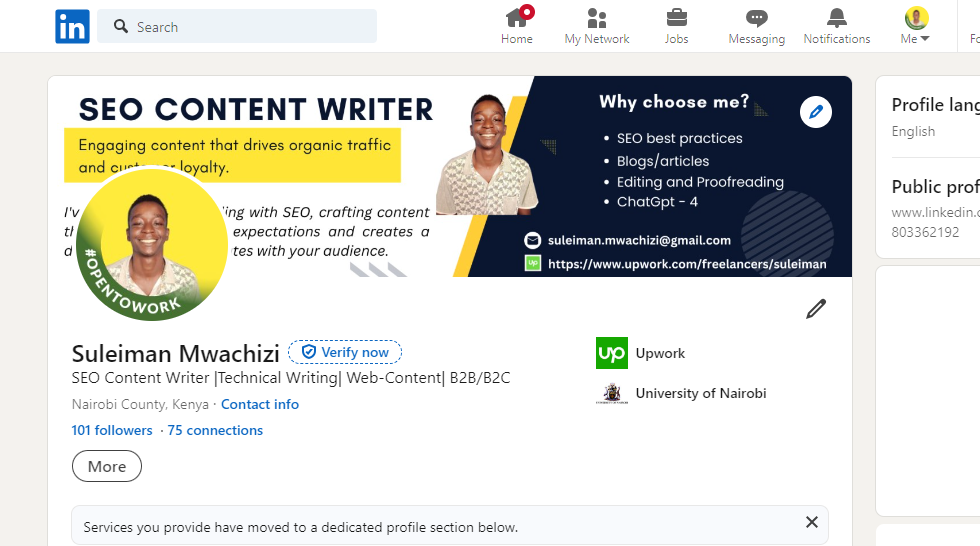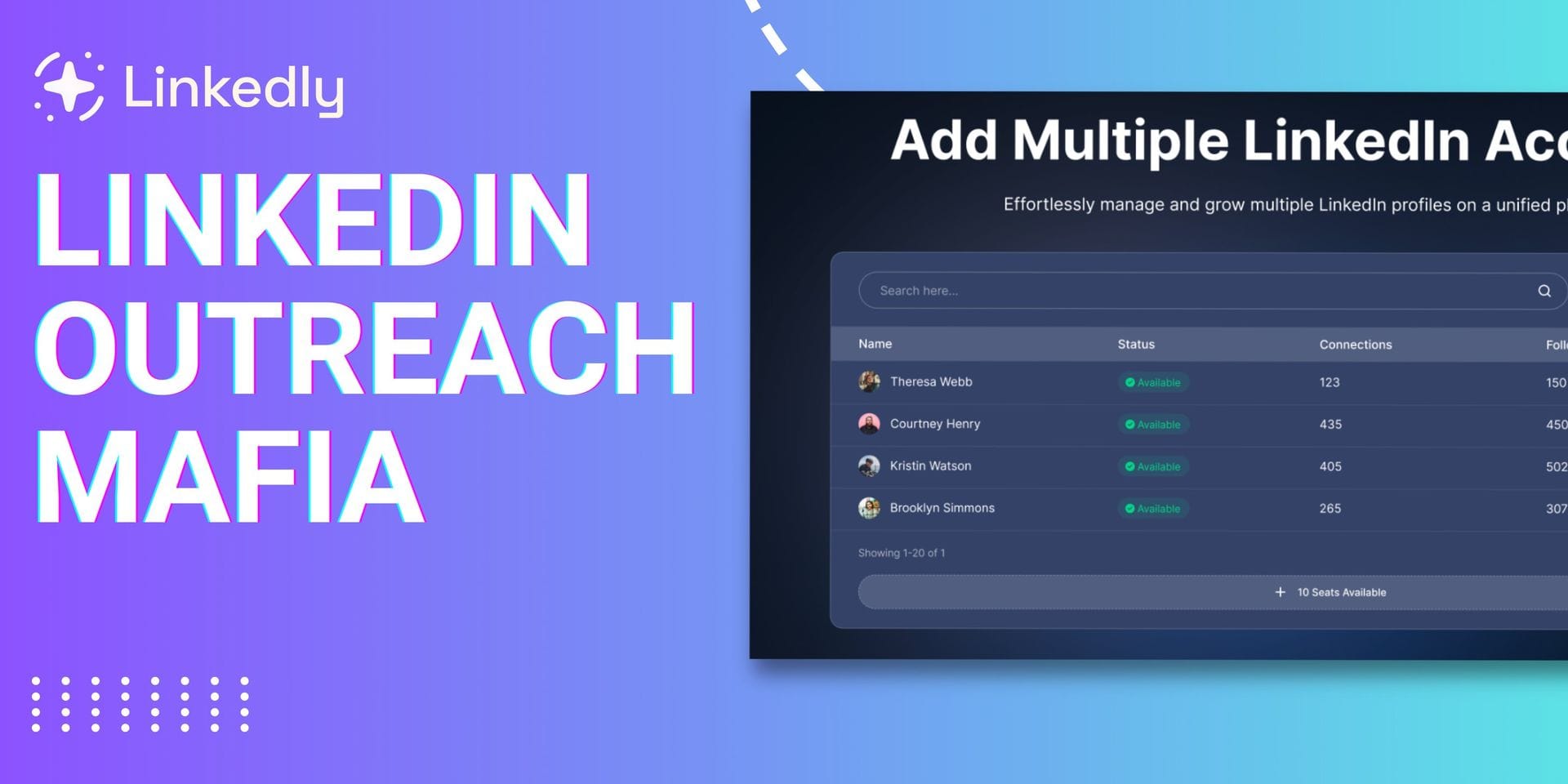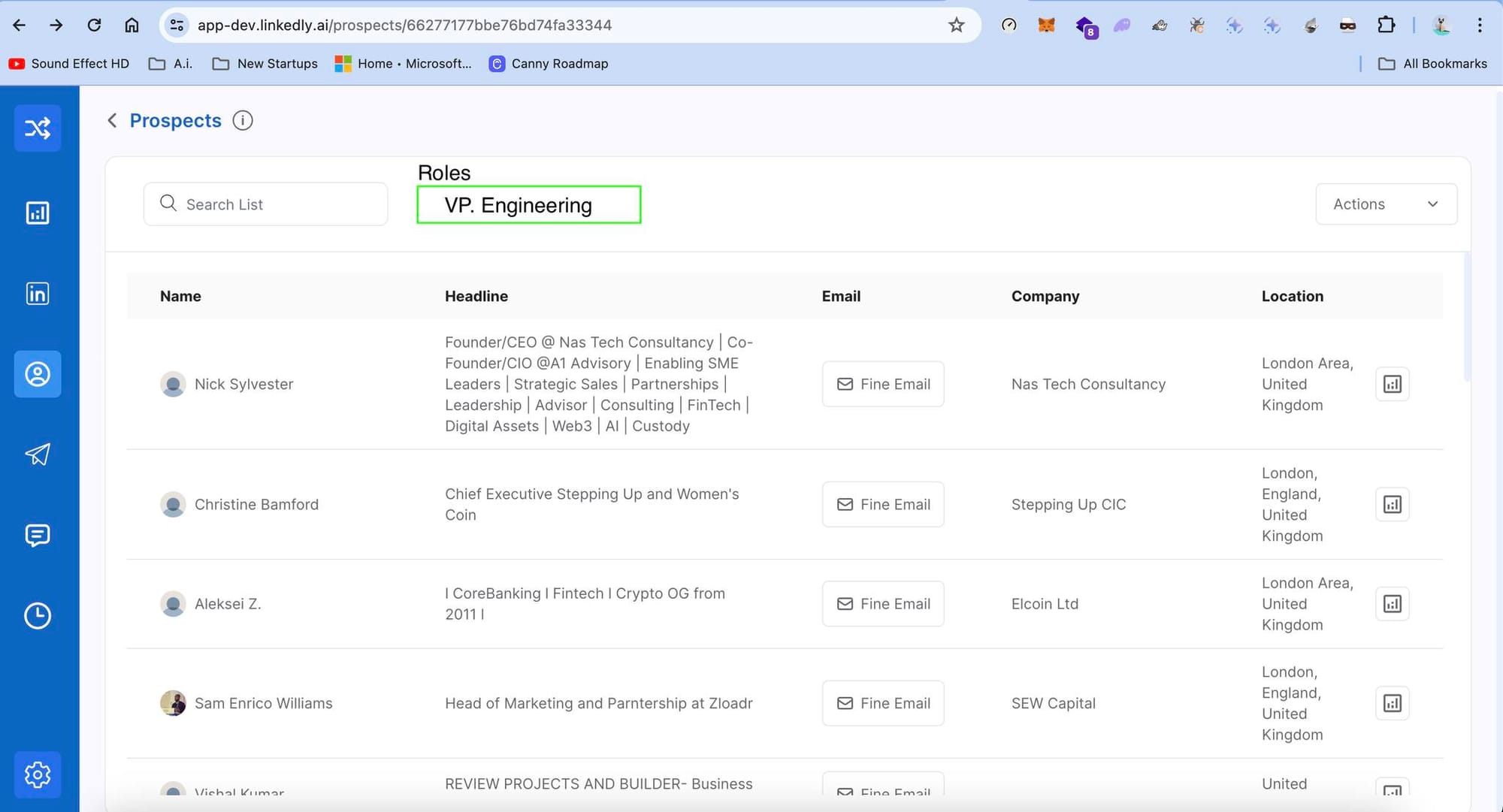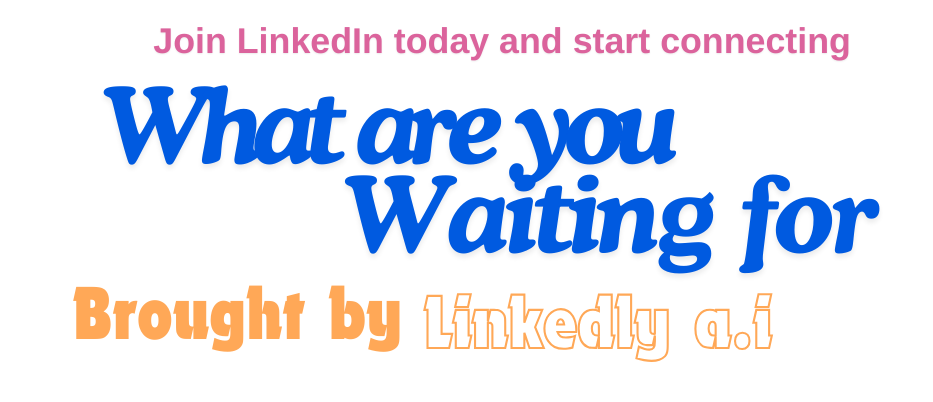How to Use LinkedIn: A Beginner’s Guide to Networking and Lead Generation

In today’s digital landscape, having a LinkedIn profile is just as vital as having an email address.
Whether you're looking to expand your professional network, showcase your expertise, search for job opportunities, or generate leads, LinkedIn offers the tools and features to help you achieve your goals effectively.
If you’re new to this platform, you may wonder how to leverage its full potential.
This comprehensive guide will walk you through the essentials of using LinkedIn and introduce you to Linkedly AI, a powerful tool for automating your outreach and lead-generation efforts.
Understanding LinkedIn: The Professional Networking Hub

LinkedIn is a unique social media platform designed specifically for professionals. It allows users to build relationships, share knowledge within their industry, and discover exciting career opportunities.
Unlike other social networks that focus on personal stories, LinkedIn is a space dedicated to career advancement, business content, and professional growth.
Professional relationships, share industry insights, and explore career opportunities.
Here are a few key points to consider about LinkedIn:
- Professional Networking: LinkedIn enables users to connect with colleagues, industry leaders, and potential clients, making it a vital resource for building professional relationships.
- Job Opportunities: Many recruiters and employers use LinkedIn to scout for talent, making it an excellent platform for job seekers.
- Lead Generation: For businesses and sales professionals, LinkedIn is a treasure trove for generating leads and discovering new clients.
Why LinkedIn Matters
With over 900 million users, LinkedIn serves as a vital resource for anyone looking to network in the business world.
It’s a platform where professionals can connect with colleagues, thought leaders, and potential clients, making it essential for both job seekers and business developers.
Understanding how to effectively navigate LinkedIn can open doors to numerous opportunities.
Step 1: Create a Complete and Optimized Profile
Your LinkedIn profile is your digital business card, and having a complete, optimized profile is crucial for making a strong first impression. Here are the essential elements to focus on:

Profile Picture
Choose a high-quality, professional-looking photo. Profiles with photos are significantly more likely to receive engagement compared to those without.
Your image should reflect your professional brand and personality.
Headline
Your LinkedIn headline should clearly state who you are and what you do, using relevant keywords.
For example, if you’re a marketing specialist, consider a headline like this...
“Digital Marketing Expert | Lead Generation | LinkedIn Outreach Automation.”
Professional Summary
Craft a concise yet impactful summary that outlines your professional background, key skills, and career goals.
Be sure to incorporate keywords relevant to your industry, such as "LinkedIn lead generation" and "LinkedIn automation tools."
Experience and Skills
List your current and past job roles, emphasizing key responsibilities and achievements. Add skills that showcase your expertise, focusing on keywords like "sales automation" and "lead generation how to."
If you're unsure how to create a standout profile, consider utilizing Linkedly AI's profile optimization services to ensure your profile aligns with LinkedIn algorithms.
Step 2: Build Your Network Strategically
Once your profile is complete, it's time to connect with people in your professional circle. Start by reaching out to colleagues, alumni, industry contacts, and thought leaders.

Here are some effective networking strategies:
Personalize Your Connection Requests
When sending a connection request, include a personalized note explaining why you want to connect. This simple gesture can make a significant difference in your acceptance rates.
Join Groups
Participate in LinkedIn groups relevant to your industry. Engaging in group discussions can help you learn about current trends and connect with like-minded professionals.
Engage with Content
Don’t just post; actively engage with the content of your connections and industry leaders. Like, comment on, and share posts to increase your visibility and foster new connections.
Step 3: Post Regularly to Showcase Your Expertise
To stay top-of-mind with your network, it's crucial to post regularly. Keeping your profile active not only enhances your visibility but also demonstrates your expertise.
Share Industry News
Stay updated on the latest developments in your field and share relevant articles with your insights. This establishes you as a knowledgeable resource.
Personal Insights
Share your experiences or thoughts on industry trends. Personal stories often resonate more and can foster deeper connections with your audience.
Celebrate Achievements
Don’t hesitate to share your professional milestones, whether it's completing a major project or receiving an award.
Celebrating these moments can engage your network and encourage them to interact with your posts.
Experiment with different content types, such as text updates, videos, and infographics. Using relevant hashtags can also expand the reach of your posts and attract a broader audience.
Step 4: Engage with Others’ Content

LinkedIn is a two-way street. To maximize your presence, actively interact with the posts of others.
This includes sharing, liking, and commenting on content from your connections.
Endorsing skills and leaving recommendations for colleagues can also build stronger relationships and increase your visibility. Remember, the more you engage, the more likely your network will expand.
Step 5: Optimize Your Profile with Keywords
One of the key strategies to enhance your LinkedIn visibility is to use keywords strategically throughout your profile.
Think about the terms recruiters or potential clients might use to find someone with your expertise.
Where to Use Keywords
- Headline: Include relevant keywords for your industry, such as “lead generation tools” or “B2B marketing.”
- Summary: Use terms like “automated LinkedIn outreach” and “LinkedIn CRM” to attract searches.
- Experience Section: Highlight your skills and responsibilities using key phrases that reflect your expertise.
By optimizing your profile for keywords, you increase your chances of appearing in search results when someone looks for professionals in your field.
Step 6: Utilize Advanced LinkedIn Features
As you grow more comfortable with LinkedIn, consider exploring its advanced features designed for sales and recruitment.
LinkedIn Sales Navigator
LinkedIn Sales Navigator is an invaluable tool for B2B marketers, helping you find and engage with the right prospects.
It offers features like advanced search filters, lead recommendations, and InMail messaging to connect with individuals beyond your first-degree connections.
Integrate with Linkedly AI

Linkedly AI can enhance your LinkedIn experience by automating many of your outreach tasks.
This tool allows you to send connection requests, follow-ups, and messages without the need for manual input.
Imagine being able to bypass LinkedIn’s weekly connection limit while still maintaining an active presence!
Step 7: Automate Your LinkedIn Activities with Linkedly AI
As your network and activities grow, consider utilizing Linkedly AI to automate your LinkedIn tasks effectively.

Key Features of Linkedly AI
- Connection Requests: Automate sending personalized connection requests to hundreds of prospects simultaneously.
- Follow-Ups: Set up automated follow-up messages to ensure no leads slip through the cracks.
- Profile Visits: Increase your visibility by automatically visiting profiles, which can encourage connections.
- Bulk Messaging: Send bulk messages to your connections, enhancing your outreach efforts significantly.
Using Linkedly AI not only saves you time but ensures you remain active and engaged on the platform.
Step 8: Keep Learning and Adapting

LinkedIn continually evolves, and so should your approach. Follow LinkedIn's official blog and industry experts to stay updated on new features and best practices.
Regularly review your profile, experiment with different content types, and adapt your strategies based on what works best for you.
Continuous learning is key to maximizing LinkedIn’s potential.
